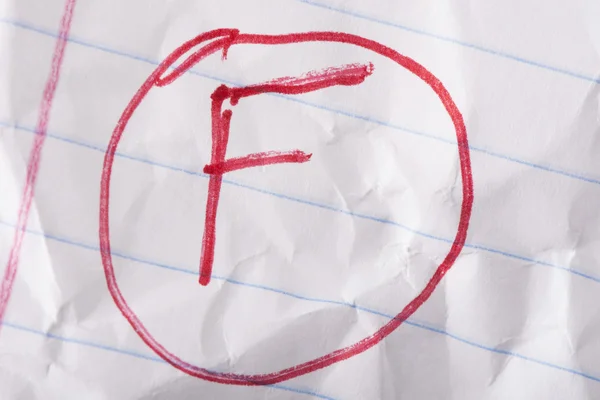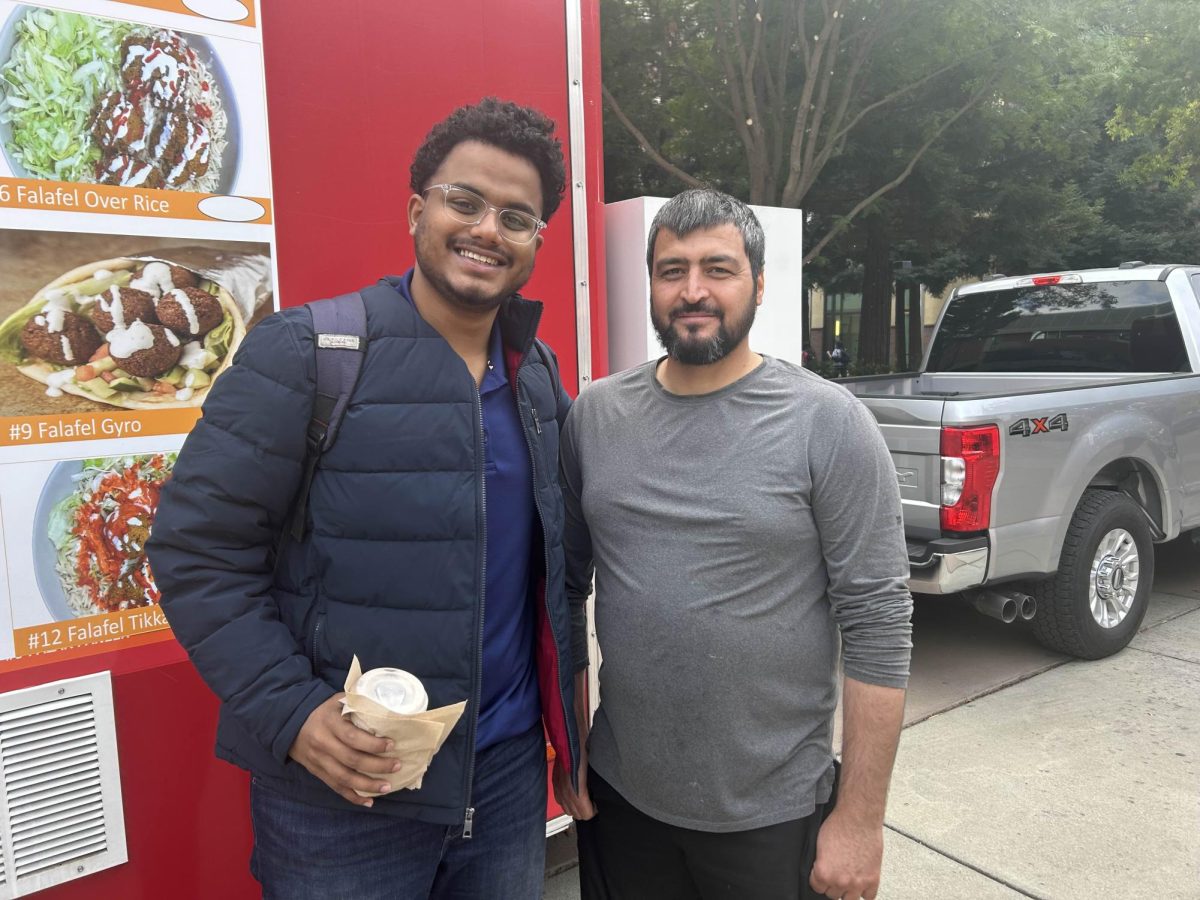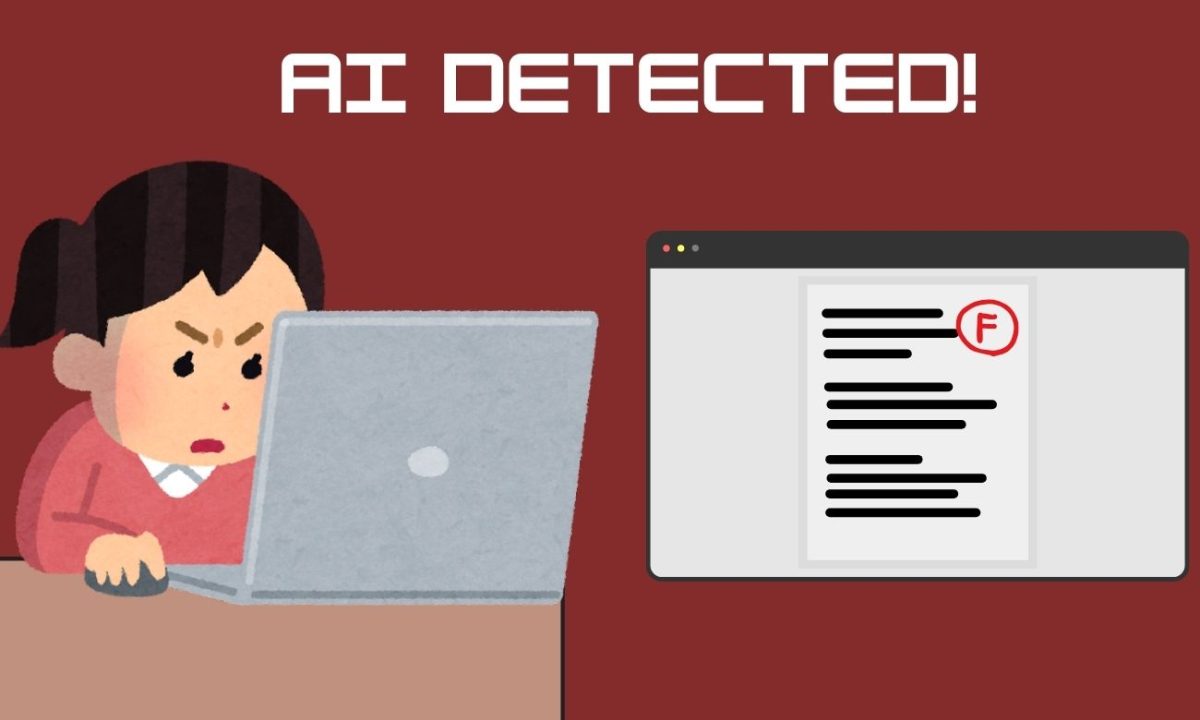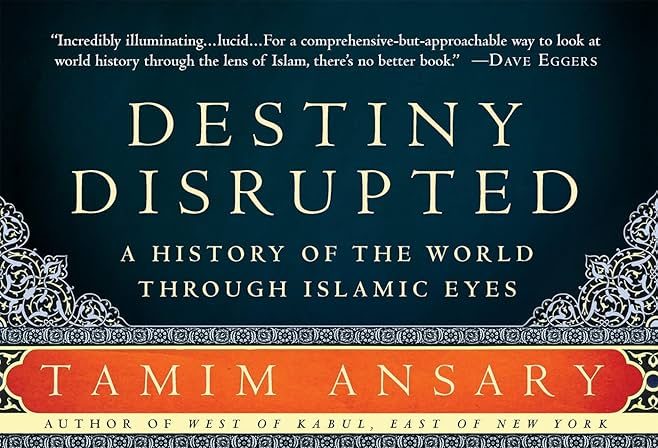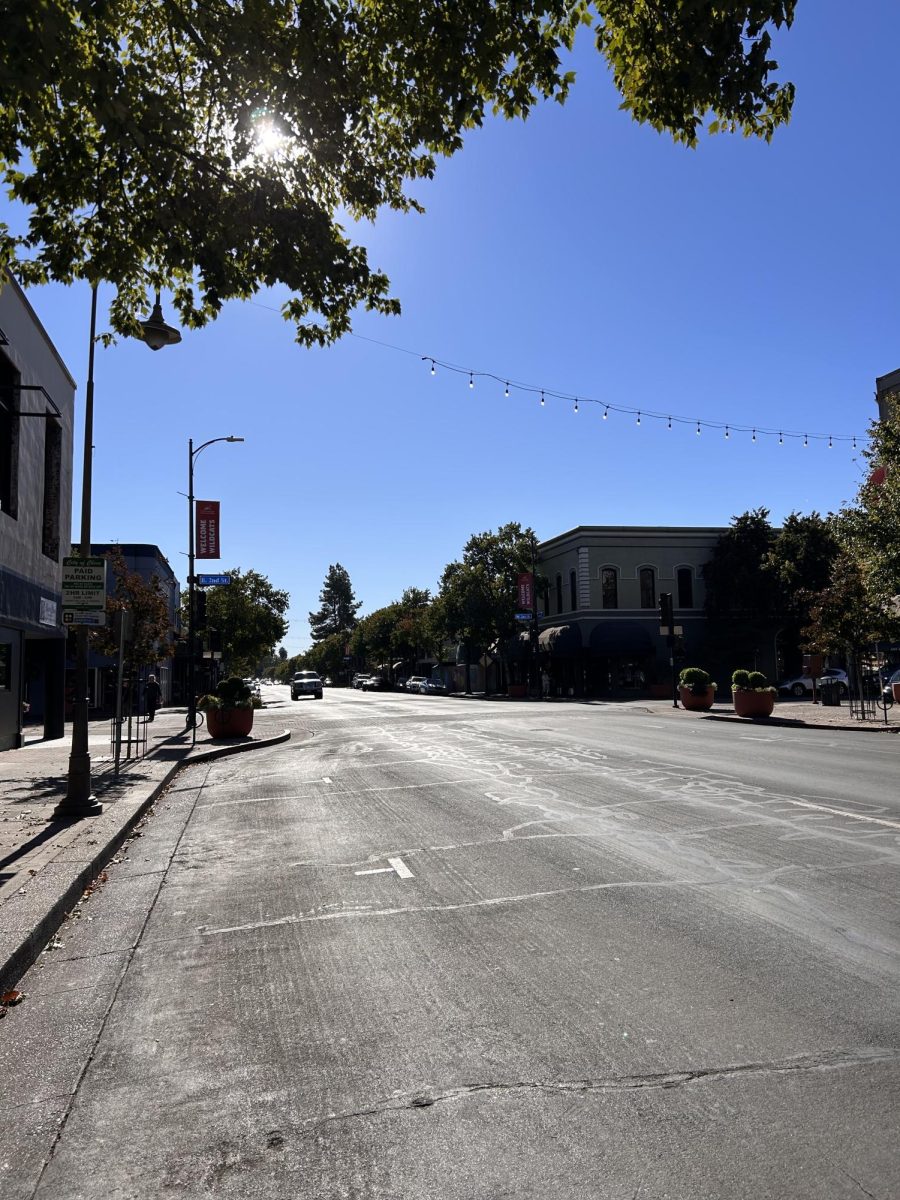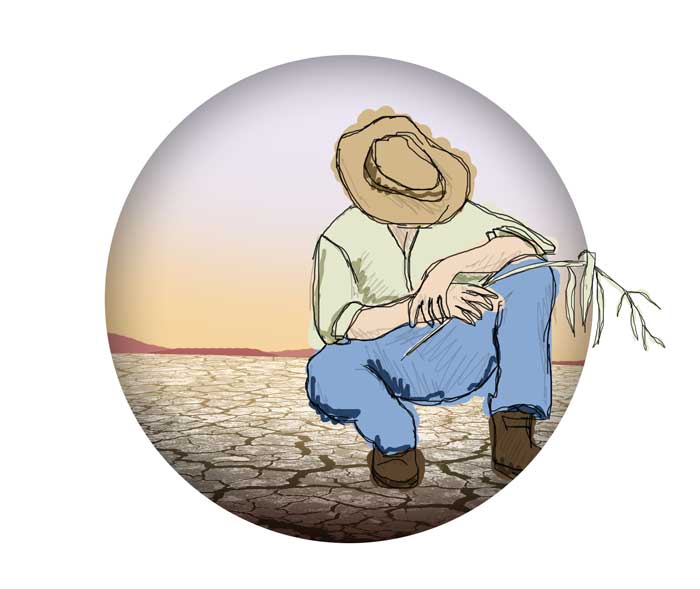
The California drought has gotten so bad. “How bad is it?” It’s so bad that our state looks like this. Also like this.
Sorry, no punch line here. Just sad depictions of California’s worsening water crisis.
Despite a stormy December, Northern California experienced its driest January in history. Wells across the Sacramento and San Joaquin valleys have gone dry, where entire agricultural communities find themselves with little to no water. And with the snowpack in the Sierra Nevada at about 25 percent of its normal amount, this drought won’t be going away any time soon.
What does that mean? California is the nation’s top agricultural state, the world’s fifth-largest supplier of food and the ninth-largest economy in the world.
Butte County is no different, with agriculture being a $7.1 million business.
So without water, we have an issue.
So why has California only employed short-term answers for this long-term problem? Voters in last year’s midterm elections passed Proposition 1, which authorized the state to sell $7.1 billion worth of bonds for water projects across the state.
Seems like a lot, right? The only problem — that probably won’t be enough.
The recent water bond falls short when it comes to real solutions, said Barbara Barrigan-Parrilla, executive director of the conservation campaign Restore the Delta.
“Proposition 1 really doesn’t do anything to address the problems in the current drought,” she said. “It shortchanges sustainable water programs.”
Approaching the current drought means committing to implementing long-term efforts through innovation in agriculture.
That can be a daunting task, but nobody is better poised to make a difference than our state’s college students.
I met with some agriculture majors on campus and asked them: “With the education you’ve received, are you going to be prepared to enter agriculture in our current drought?”
After I asked, there was an obvious air of uncertainty. The group members hesitated.
“I really hope so,” said Harlee Maupin, a member of Chico State’s agricultural sorority, Sigma Alpha.
Me too.
I asked what methods the agriculture department and its faculty have taught to prepare students to succeed with a drought at hand.
“I feel like the instructors are trying their best to turn in the direction of sustainability and conservation,” Maupin said. “But they just don’t have any specific programs for it yet.”
You know why? Because there’s no funding for that. Expanding university programs is an expensive task.
Even if Chico State’s College of Agriculture wanted to create a curriculum that was research- and project-based so that students and professors could focus on creating innovative ways to grow in a severe drought, they most likely wouldn’t be able to afford it.
That’s why California and the CSU system need to move away from funding battles and increased tuition threats and instead cooperatively work toward providing students with the opportunity to make a difference in California’s agriculture economy.
To curb the nation’s shortage of primary care physicians, scholarship programs were created to help medical students get the education they needed to serve in a demanding market.
So with a drought that continues to devastate communities across the state, why should California’s future farmers and agricultural researchers be treated any differently?
The state needs to commit itself to investing in the future.
That means the students and faculty of California’s colleges. Research grants, program expansion and scholarships will ensure that students are prepared to make a difference in agricultural communities.
As of now, our state’s future is bleak, and the only way for California to survive is to invest in the passion and abilities of the members of college agriculture programs.
Dylan de Wit can be reached at [email protected] or @DylanTdeWit on Twitter.




